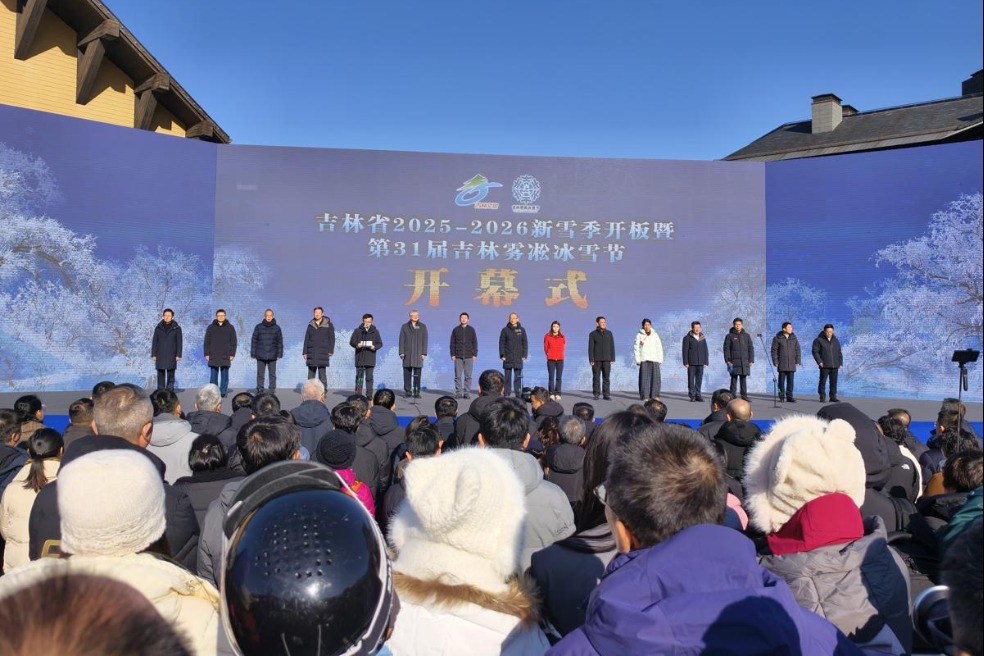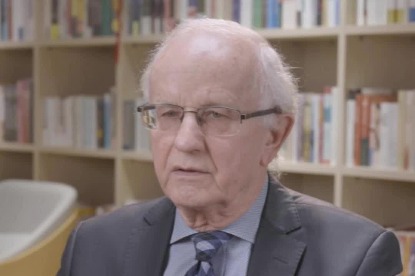State firms build greener supply chains

China's centrally-administered State-owned enterprises have demonstrated notable progress in developing green supply chains, as evidenced by the widespread adoption of measures to enhance green and low-carbon design and procurement, according to a report.
Unveiled at this year's United Nations climate change conference, or COP30, on Wednesday in Belem, Brazil, the report noted increasingly improved green supply chain management systems among central SOEs.
Roughly 57 percent of them have established leadership bodies for green supply chain management, said the report, which was complied by the CSR Cloud Research Institute, under the guidance of Bureau of Social Responsibility of State-owned Assets Supervision and Administration Commission of the State Council.
The report reveals that a large number of these companies have either already established, or are in the process of developing green supply chain regulations. Specifically, about 65 percent have implemented their own internal regulations, while nearly 18 percent are in the process of drafting them, it said.
It further noted that 75 percent of these companies have incorporated green and low-carbon supply chains into their overall development strategies.
Remarkable advancements have also been observed in the transformation of their entire supply chain, especially in green design, procurement, production and logistics.
The report said about 99 percent of central SOEs are strengthening green and low-carbon design. These SOEs have optimized green procurement management, with almost 95 percent prioritizing green products. In addition, nearly 93 percent of these companies are improving green and low-carbon management in production processes, the report said, citing China Mobile, a major mobile operator in China, as an example. China Mobile has introduced green electricity in its production process, it added.
The report also highlighted a series of challenges central SOEs face in promoting the transformation of their supply chains.
Among them are the lack of unified standards in China to evaluate green supply chain construction, the absence of major preferential policies, and immature green technologies with high application costs.
Roughly 95 percent of China's central SOEs, for example, look forward to seeing policy or economic incentives to facilitate their endeavor.
The report also listed a series of suggestions for these companies to further enhance their green supply chains. Among its recommendations, for example, is the creation of dedicated green supply chain teams, coupled with enhanced training to build necessary skills.
The report also urged central SOEs to integrate core sustainability metrics, including supply chain emissions and green procurement ratios, into their performance evaluation systems and tie them to compensation.
Li Jun, head of SASAC's social responsibility bureau, pledged consistent efforts from central SOEs to promote global climate efforts.
Upholding principles advocated by the Chinese government, the United Nations Framework Convention on Climate Change and its Paris Agreement, China's central SOEs will take practical actions to support and advance global climate efforts, and fulfill their due responsibilities in emission reduction and social responsibility.
"We are ready to work with enterprises around the world — under the shared commitment to green development — to effectively allocate resources for scientific and technological development and innovation and strengthen cooperation in green infrastructure, green energy, green transportation and green finance," Li said.
houliqiang@chinadaily.com.cn
- State firms build greener supply chains
- China launches commercial trial of satellite Internet of Things services
- Shanghai team builds 7-min dementia detector
- Guizhou's new rail line to aid tourism
- Platforms face stringent new privacy rules
- Innovation raises golden fields from former barren salt flats





































